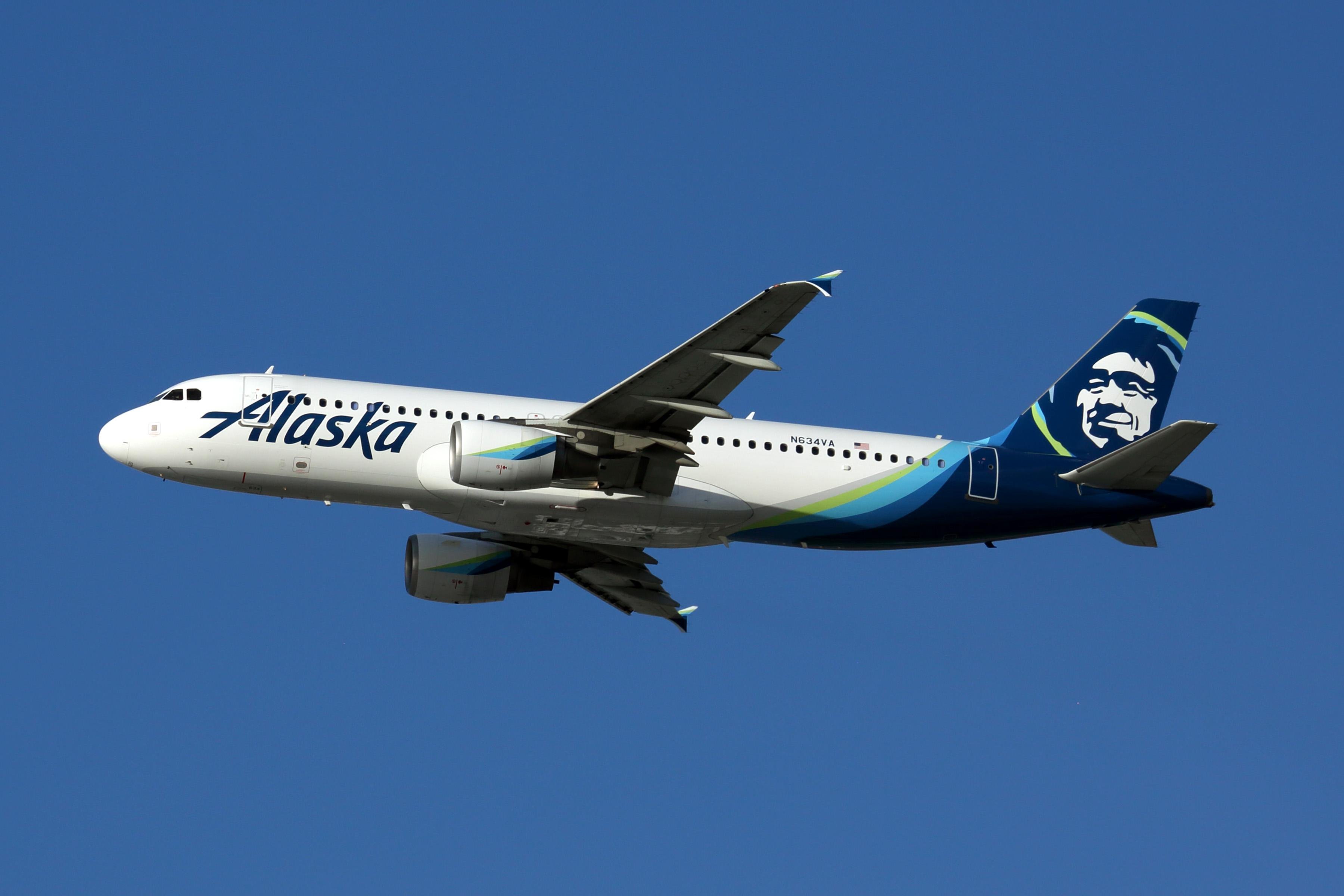
Credit: Rob Finlayson
Staffing challenges and accelerating the exit of its A320 operations have forced Alaska Air Group to cut its full year 2022 capacity guidance. The company now expects its 2022 capacity to be flat to down 3% compared with 2019. At one point, Alaska expected its supply would grow 2% to 6% this year...
Subscription Required
This content requires a subscription to one of the Aviation Week Intelligence Network (AWIN) bundles.
Schedule a demo today to find out how you can access this content and similar content related to your area of the global aviation industry.
Already an AWIN subscriber? Login
Did you know? Aviation Week has won top honors multiple times in the Jesse H. Neal National Business Journalism Awards, the business-to-business media equivalent of the Pulitzer Prizes.





